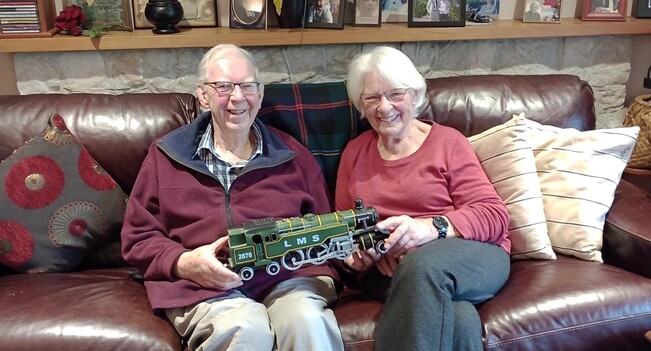In the coastal calm of Pukerua Bay, 86-year-old Ed reflects on a career that helped shape both landscapes and lives. A civil engineer by trade and an adventurer by spirit, Ed’s professional journey spans continents, extreme climates, and some of New Zealand’s most iconic infrastructure. His life is a testament to how engineering isn’t just about concrete and steel — it’s about impact, innovation, and the people behind the plans.
Originally from the UK, Ed’s fascination with the natural world and the built environment led him to qualify as a civil engineer in the late 1950s. It wasn’t long before his skills were put to the test in one of the most remote places on Earth: Antarctica. In 1959, at just 22 years old, Ed set sail aboard the RRS John Biscoe with the British Antarctic Survey, heading to Stonington Island on the Antarctic Peninsula. There, he joined a small team of men — and 40 husky dogs — tasked with conducting topographical surveys in sub-zero conditions.
Using dog sleds and snow tractors, Ed’s team spent two winters navigating harsh terrain, placing survey stations on isolated peaks to support aerial mapping of the region. These expeditions, later continued with a return visit in 1967, were gruelling and full of challenges, but they laid the foundation for the detailed charts and geographical understanding we have of Antarctica today. This early work remains one of Ed’s proudest achievements — a quiet but vital contribution to science and exploration.

In the late 1960s, Ed and his wife Helen made the life-changing decision to immigrate to New Zealand with their two young children. They arrived after a six-week sea voyage aboard the Himalaya, and it was here that Ed’s engineering career truly flourished.
Over the next three decades, Ed worked with the Ministry of Works and its successors, helping deliver major infrastructure across New Zealand. His fingerprints can be found on key projects like the Ngauranga motorway bridges, the Cromwell bridge project, and the strengthening of the Auckland Harbour Bridge. He also played a role in advancing earthquake engineering practices, a field crucial to the safety and resilience of the country’s infrastructure.
His work wasn’t confined to a desk. Ed’s career took him across New Zealand and overseas, always driven by a problem-solving mind-set and a passion for quality engineering. Whether in the high-altitude backcountry or urban centres, Ed brought a quiet leadership and dedication to every project he touched.
Now retired and facing the challenges of a life-limiting illness, Ed reflects on a career rich in purpose. “I was lucky,” he says simply. “To be part of projects that made a difference — and to see the country while doing it — that’s something I’m proud of.”
His story is more than a résumé of projects and places. It’s about a man who used his engineering skill to build not just bridges and roads, but a life of substance — one defined by curiosity, contribution, and quiet excellence.
He continues to enjoy beach walks with Helen and their grandchildren whenever he can, finding joy in the everyday and support through the care provided by Mary Potter Hospice. Their outpatient Day Unit in Porirua has become a meaningful part of his weekly rhythm. “It’s a place where people understand,” Ed shares. “You come for a break, a chat, and a bit of light in the week.”
He shares: “I’m not going to stop anything. Years after my diagnosis I’m still here spending time with my family. Lack of energy is the biggest obstacle, but Helen’s support means everything – it’s been life-changing. Sometimes we do need support though and that’s one of the reasons Mary Potter has been such a help.
Ed attends Mary Potter Hospice’s Day Unit which operates out of the organisation’s Porirua base and with that in mind, he extends his sincere thanks to everyone who helps make the work of Mary Potter possible.
